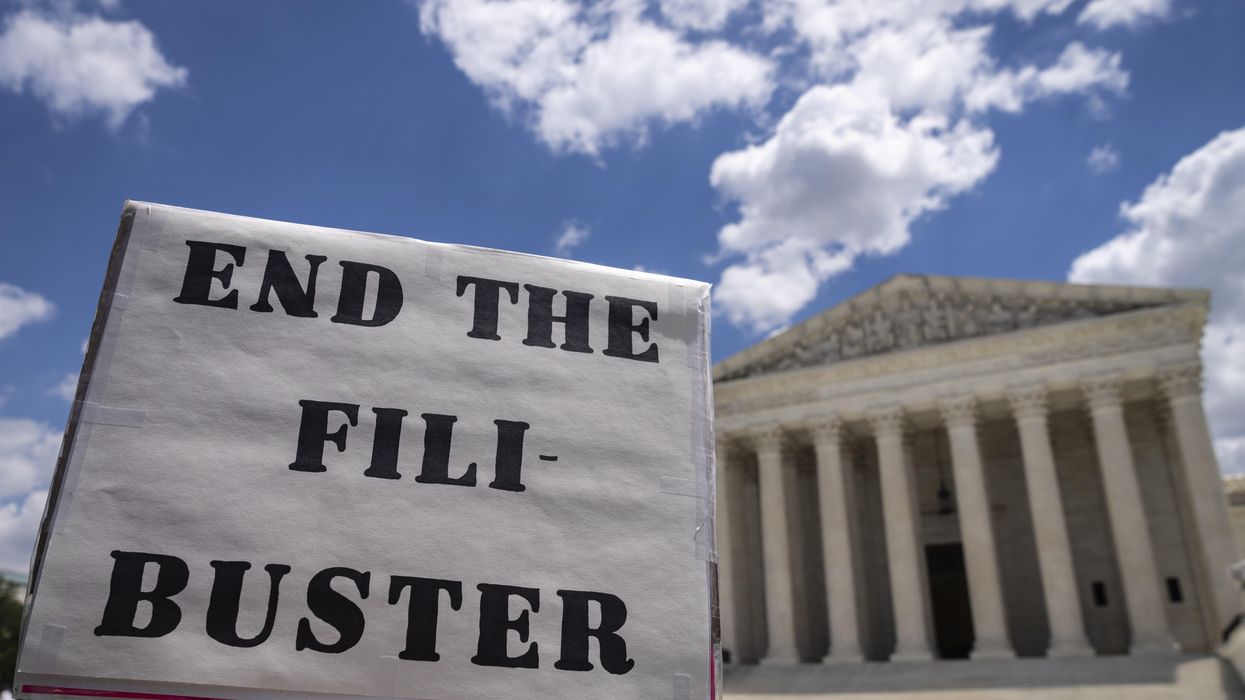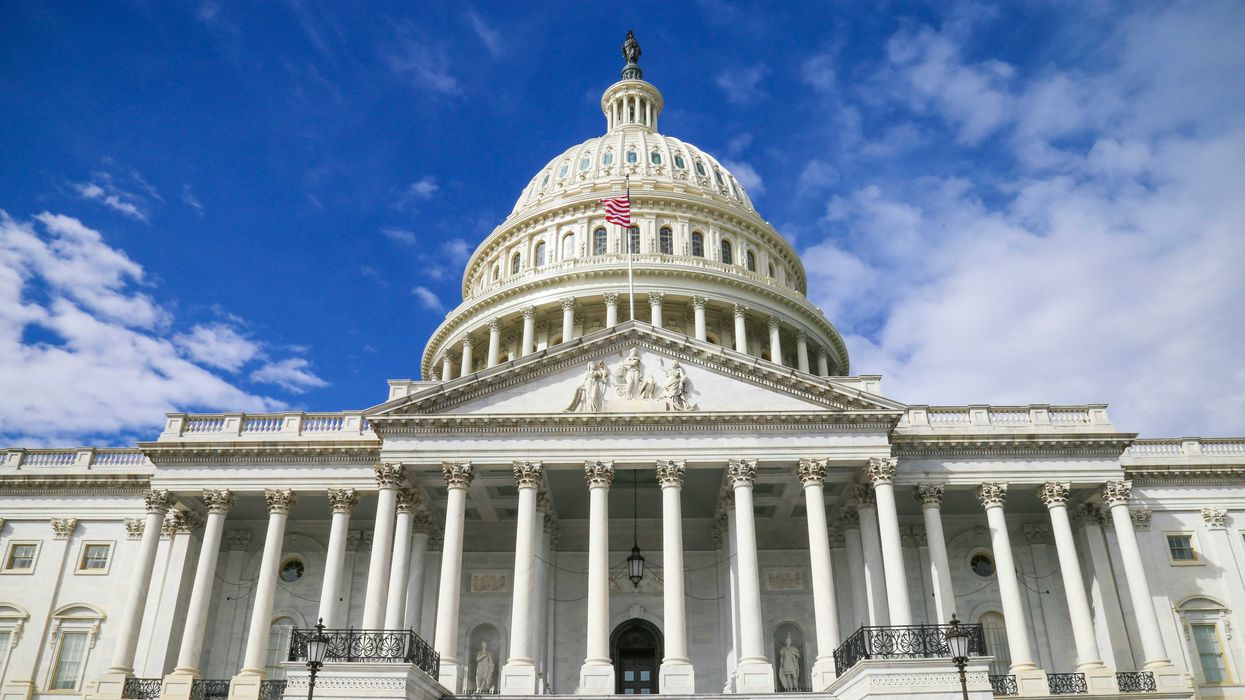The First Amendment protects journalists during the news-gathering and publication processes. For example, under the First Amendment, reporters cannot be forced to report on an issue. However, the press is not entitled to different legal protections compared to a general member of the public under the First Amendment.
In the United States, there are protections for journalists beyond the First Amendment, including shield laws that protect journalists from pressure to reveal sources or information during news-gathering. 48 states and the District of Columbia have shield laws, but protections vary widely. There is currently no federal shield law. As of 2019, at least 22 journalists have been jailed in the U.S. for refusing to comply with requests to reveal sources of information. Seven other journalists have been jailed and fined for the same reason.
The PRESS Act: Blocked in the Senate
The Protect Reporters from Excessive State Suppression Act, commonly referred to as the PRESS Act, aims to fill the national shield law gap by providing two protections for journalists:
- Establishes protections for journalist-source confidentiality nationwide.
- Protects journalists from having their data secretly seized by the government. There are currently no laws prohibiting the government from obtaining journalists’ records through third parties to learn who their sources are.
Introduced by Reps. Jamie Raskin (D-MD) and Kevin Kiley (R-CA) in the U.S. House of Representatives in June 2023, the PRESS Act received significant bipartisan support, with nine Republican and nine Democratic cosponsors. Later, it was introduced by Senators Ron Wyden (D-OR), Mike Lee (R-UT), and Sen. Richard Durbin (D-IL) in the U.S. Senate but failed to pass. In commemoration of “World Press Freedom Day” on May 3, 2025, a piece of legislation was introduced to the 119th Congress to help protect journalists in place of the PRESS Act. Importantly, the legislation has neither passed nor contains either of the PRESS Act’s major provisions.
Without additional protections, journalists face an increasingly hostile environment in the U.S. The day after the 2024 presidential election, the Committee to Protect Journalists issued a statement warning of an exceptionally hostile press environment in the United States compared to previous decades. President Trump has since sued ABC, CBS, and The Des Moines Register, and threatened to sue CNN.
Arguments for the PRESS Act
Advocates praise the PRESS Act for establishing federal journalist protections, which would offer journalists more protection than the current patchwork of state-level shield laws. While local authorities are restrained by state law, the federal government is not and has stronger surveillance capabilities. The Act would also provide uniformity so that a journalist’s protection is not dependent on geographic location within the country. Reporters covering national events or working on a project in different states would not be at risk of government surveillance in any state.
Another important aspect of the PRESS Act is its comprehensive definition of who a “journalist” is. The full definition included in the Act is as follows: “A person who regularly gathers, prepares, collects, photographs, records, writes, edits, reports, investigates, or publishes news or information that concerns local, national, or international events or other matters of public interest for dissemination to the public.” Under this expansive definition, documentarians would also be protected. The PRESS Act would prevent the federal government from forcing documentarians to provide their outtakes, except in situations where the information would prevent terror or imminent violence.
Advocates also point to history as evidence that an expansion of journalism protections would not lead to national security issues. When Attorney General Merrick Garland established new press protections in 2021 that limited prosecutions from the U.S. Department of Justice, controversial leaks did not follow.
Supporters also say the Act would also protect journalists regardless of political affiliation. Presidential administrations, both Republican and Democratic, have abused laws to spy on journalists. In fact, the George W. Bush Administration, the Obama Administration, the Trump Administration, and the Biden Administration were all accused and found guilty of using the state’s patchwork of laws to investigate journalists. Proponents highlight this as evidence that journalists of all political leanings need protection, no matter who is in the Oval Office.
Arguments Against the PRESS Act
Some worry that the Act would hinder law enforcement and national security. They say the PRESS Act would prevent the government from requiring journalists to disclose sources of damaging leaks. Senator Tom Cotton (R-AR), an outspoken opponent of the bill, said in a press release that “the PRESS Act would immunize journalists and leakers alike from scrutiny and consequences for their actions. This bill would prohibit the government from compelling any individual who calls himself a ‘journalist’ from disclosing the source or substance of such damaging leaks.”
Another concern Senator Cotton has against the bill is that it could give journalists legal protections that many others do not have. In a speech to the Senate, Senator Cotton said, “Thanks to this bill, reporters at CNN, MSNBC, and the New York Times would have more rights and privileges than former presidents and vice presidents.” He argued in the same speech that reporters would have the right to possess classified information in an unsecured manner, a right that no other American has.
Others are concerned about the scope of the Act’s definition of “journalist.” With such an expansive definition, the PRESS Act may be overinclusive and protect those who disseminate misinformation or disinformation. After all, the bill does not effectively distinguish between a news reporter and a TikToker seeking to disseminate false information.
Political Developments and Future Prospects
Although the PRESS Act was passed by the U.S. House of Representatives in January 2024, President Trump explicitly opposed the legislation, and wrote “REPUBLICANS MUST KILL THIS BILL!” on Truth Social in November 2024. The bill was subsequently blocked by Senate Republicans. The PRESS Act has not been reintroduced in the current Congress. Given President Trump’s direct opposition to the legislation, the bill may be unlikely to pass during the current presidential administration if it is reintroduced.
Bolstering journalists’ rights continues to be a concern in the U.S. A day after the PRESS Act was rejected in the Senate, the U.S. Department of Justice reported that federal prosecutors seized journalists’ phone records against department rules during the first Trump administration. On June 5, an Australian reporter was shot with a nonlethal round by an officer while covering protests in Los Angeles. While the PRESS Act may not have passed, groups advocating for journalist rights may seek other legislative opportunities to provide similar protections while balancing concerns about national security and misinformation.
Amy L. Wong graduated from UCLA with a Bachelor of Arts in Philosophy and History with a minor in Education Studies. Amy is also an incoming graduate student at Northwestern pursuing a Master of Science in Journalism with a Specialization in Politics, Policy, and Foreign Affairs.
Protecting the U.S. Press: The PRESS Act and What It Could Mean for Journalists was originally published by The Alliance for Citizen Engagement.




















